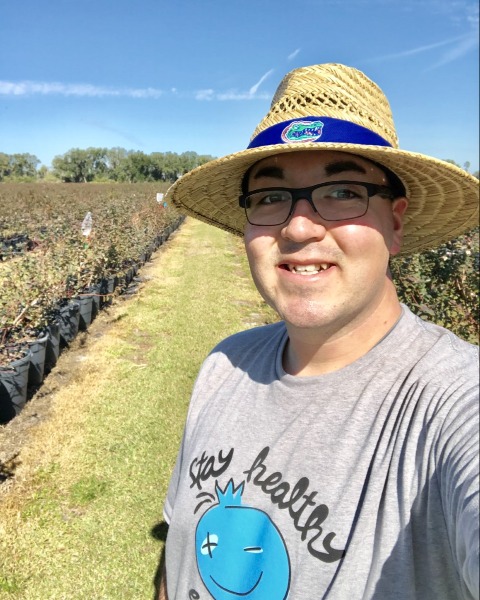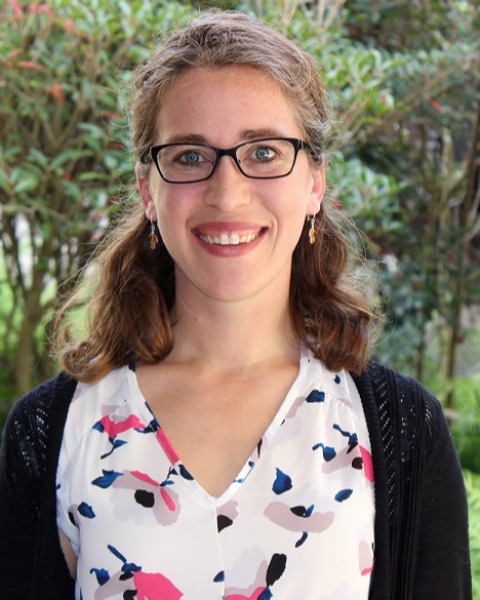P-IE
Student Competition 10-Minute Paper
Grad 10-min: P-IE, Pollinators 1
Commercial blueberry pollination: A cultivated problem?
On-Demand

John Jay Ternest
University of Florida
Citrus Springs, Florida- SN
Shiala M. Naranjo
University of Florida
Gainesville, Florida 
Rachel E. Mallinger
University of Florida
Gainesville, Florida
Presenting Author(s)
Co-Author(s)
Commercial highbush blueberry (Vaccinium corymbosum L.) production is highly reliant on insect pollination. Without insect pollinators, fruit set, average berry weight, and yield decrease dramatically. In Florida, southern highbush cultivars have an early flowering and harvest time that improves market value. A wide variety of cultivars have been bred for traits such as berry size, fruit firmness, taste, and overall yield, but little consideration has been given to traits that could impact pollination such as attractiveness to pollinators or pollinator-dependence. The early bloom of blueberry in Florida may exacerbate the potential for pollination problems in the crop. During peak bloom, several wild pollinators commonly found in other blueberry producing regions are thought to be dormant and unpredictable weather can reduce pollinator activity. In combination, these factors have led to reports of reduced yields due to insufficient pollination in several cultivars. To address this, we measured pollination rates in six commonly grown blueberry cultivars in Florida across eight commercial farms. We analyzed variation in pollinator visitation rates, pollinator diversity, and pollinator behavior across cultivars in order to determine whether some are more attractive to pollinators than others. Additionally, we assessed managed honey bee and bumble bee stocking densities on farms and related it to pollinator visitation rates and yield. This approach provides insight into the efficacy of increased stocking density as well as pollinator attraction to individual cultivars. Our results can inform grower management practices related to pollination as well as the selection of pollinator attractive traits in cultivar breeding.


